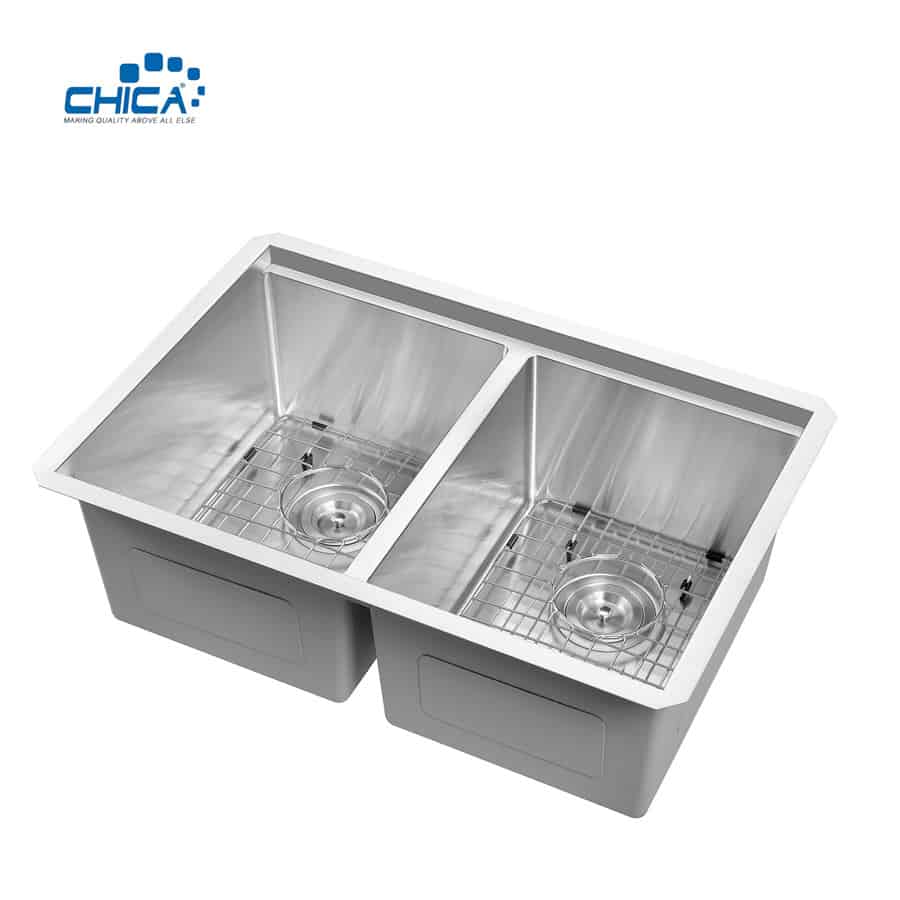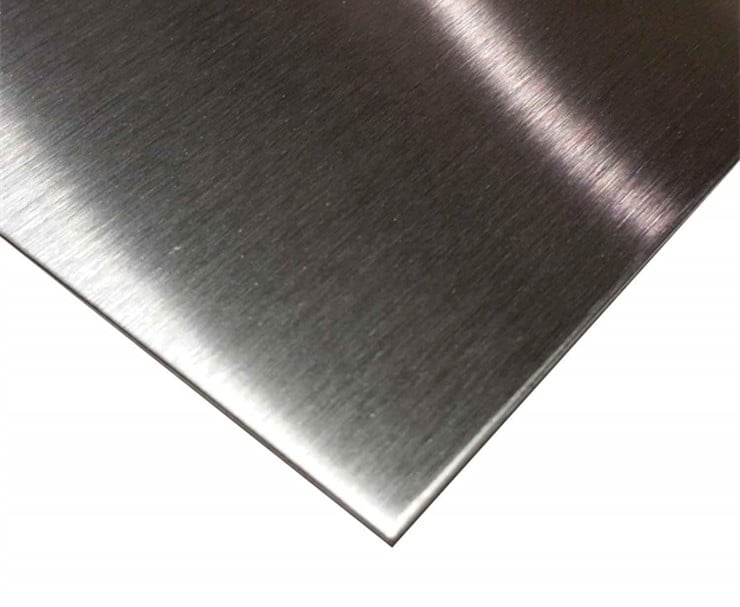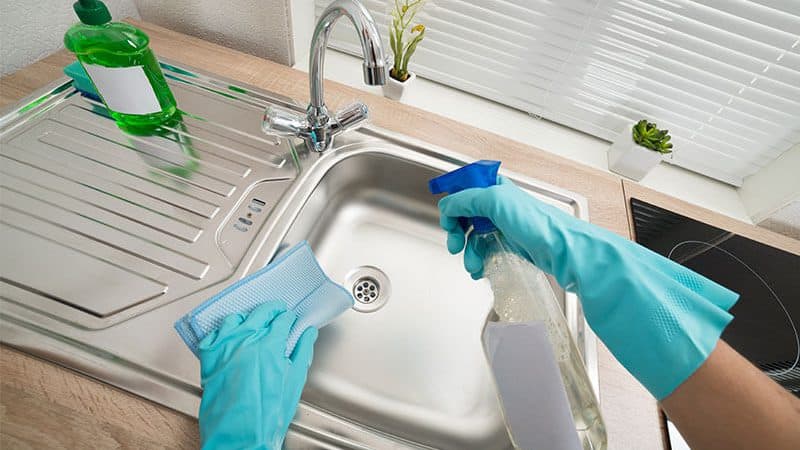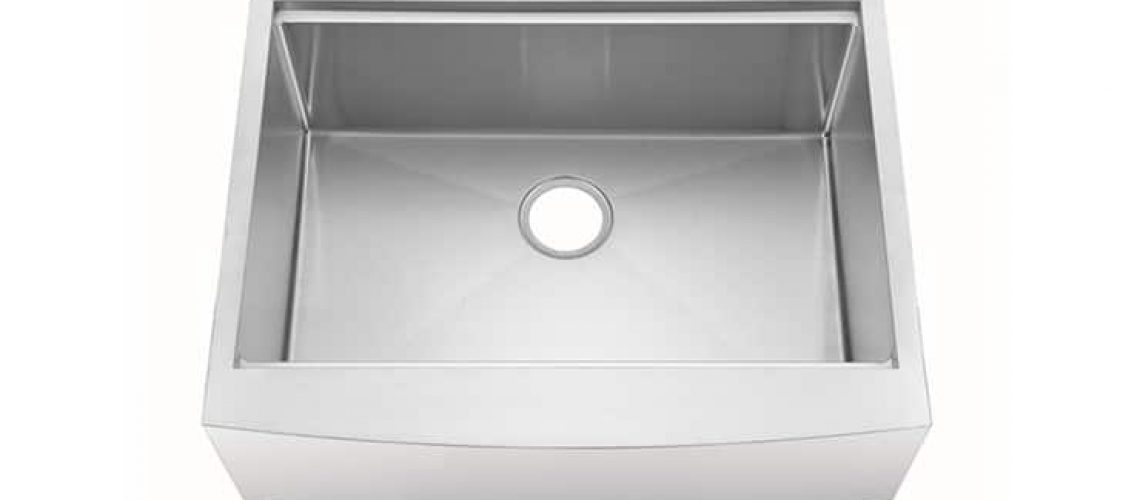The hygienic surface appearance of a lot of stainless steel products doesn’t just come naturally.
You have to maintain your steel and look after it regularly to keep the fresh look intact.
All grades of steel stain need proper maintenance. We’ve explained in this article how to maintain a 304 stainless steel kitchen sink.
Why Maintaining Your Sink Is Necessary
Surface contamination is a factor in sinks that lead to a drastically reduced life. These surface contaminants may range from being minute rust particles or dust particles. These can come from construction units from nearby products.
Another example of contaminants is saltwater deposits which are harmful to stainless steel. These deposits occur in marine conditions if the steel is near a water body.
Working environments also contribute to the contamination of the surfaces of stainless steel sinks. If the atmosphere is humid and warm, the corrosion speed is increased, and you have to pay extra attention to the steel’s maintenance.
Modern processes that you can use to clean the stainless steel sinks include cleaners and sterilizers. Along with that, bleaches are also used for hygienic purposes.
Although you need to keep in mind that these substances are only safe if used as per the manufacturers’ instructions. If they’re misused, they can potentially cause corrosion and discoloration on the sink’s surface.

Cleaning After Installation
After installing the 304 stainless steel kitchen sink, the plate should be removed in time and cleaned with a special stainless steel cleaner.
This can be anything; for example, you can use talc (double flying powder) to wipe it from beginning to end. After that, you can clean it with clean water. However, make sure that you dry it. Stainless steel pipes are prone to corrosion and rust.
For stainless steel pipes, use clean water to clean the dust and dirt.
You should also tear off the film on the stainless steel in time. There are two reasons for this. One is that this helps avoid the glue-sticking phenomenon caused by the film staying on it for too long.
The other is so that the problem of the board surface can be discovered in time. The board surface under the film can be severely corroded under a long-term humid and corrosive environment.
Some Other Protective Measures
We need to take other protective measures to maintain the stainless steel sink’s surface after the film is removed.
One typical accidental damage that may occur is the splashing of mortar on construction sites. If such an incident occurs, the splashed mortar should be washed right away with enough water before it sets permanently.
Otherwise, the solidified dry mortar might be pretty difficult to remove from the surface without leaving some stains.
Dedicated cleaners for the removal of mortar usually contain strong chemicals that may damage the sink’s surface. For this reason, they cannot be used on the surface of the sink.

After the delivery:
Pay some special attention to the steel’s surface.
Keep it away from moisture and substances that may potentially damage it.
Try and keep the surface of the sink rust-free by regular cleaning.
You have to wipe the dust away once every three or four months. Another simple cleaning method is the frequent splashing of water on the surface to not deteriorate.
Cleaning Methods For Stainless Steel Sinks
Stainless steel sink is straightforward to clean. For domestic use, just rinsing the sink with soap or a mild detergent should be adequate, along with clean water.
Precautions (Materials You Should Avoid)
Bleach
Chlorine and stainless steel don’t mix well together. This is why you should avoid bleaching the surface of a stainless steel sink. Other types of cleaners may also include bleach and chlorine that could be harmful to the surface.
If you get chlorine spilled on the steel, rinse it off quickly with clean water.
Dirty Water
Dirty water can also leave some residue on your sink. It leaves a stain if it is left to stand for too long. Make sure that you rinse the surface of the stainless steel thoroughly after each use.

Salt Water
Saltwater can potentially cause pitting on the surface of the stainless steel. Pitting is tiny bits of rust on the surface of the stainless steel.
Pitting is pretty much irreversible.
Vinegar
Vinegar is also harmful to the surface of stainless steel. Vinegar can cause rusting on the steel surface, which can reduce the life of the steel.
As a rule of thumb, never let chlorine, table salt, or vinegar near the steel’s surface. Exposure to these substances can potentially harm the surface of the sink.
Conclusione
Maintaining the surface of the stainless steel is essential if you want the steel to last long. You must take good care of it and take the necessary precautions.
I hope this article added to your knowledge and gave you more insight into the things you should and shouldn’t do to the lavello da cucina in acciaio inox.
Buona fortuna!










